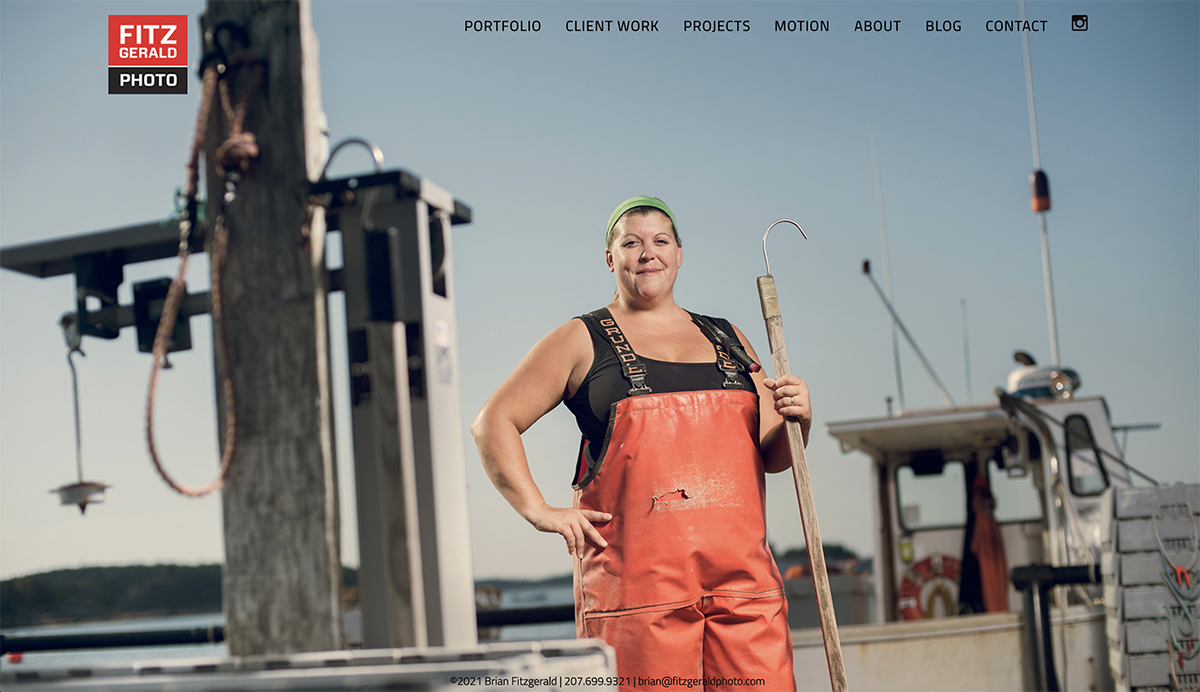
You’ve long suspected that your company’s staff portraits are in need of updating (Ted’s skinny tie has gone in and out of fashion since his portrait was taken. Twice). Your biggest competitors on LinkedIn, have amazing portraits (is that a tiger in the backround?) and between the shame and the frustration, you’re determined to hire a photographer, now.
Hold on just a second.
If you’ve waited this long, it’s worth pausing a moment to reflect. ‘Everyone else is doing it’ is not a good enough reason. A well-done portrait is an investment in time and money. Chances are you’ll be using those portraits for years (or until Ted’s tie goes in and out of style one more time). So it’s worth considering what your goals are.
When to get new headshots
The single most important question to ask when contemplating a new headshot project is, simply, ‘are my current portraits working for me?’ Your brand portraits aren’t just a nice-to-have. As a business tool you should expect them to do some heavy lifting representing your brand to potential clients, around the clock. Your portrait, in effect, should work harder than you do. If your existing portraits are obviously outdated, are wildly inconsistent, or just have a style that doesn’t fit your brand (cool ‘tech’ style portraits wouldn’t inspire confidence if used for the staff of a venerable investment bank, but they may be a good fit for an online banking startup that offers services exclusively through mobile apps) then your portraits are actually working against you.

What makes a ‘good’ headshot
Your company portraits must be consistent in style and professionally executed in terms of lighting, of course. They also need to be purposefully thought out so that they reflect your industry and your brand in particular.
A professional photographer can help come up with appropriate and creative looks for your brand.
It’s true, a great portrait can help your brand communicate the message you want to your audience. But poorly-done and poorly-conceived portraits will absolutely hurt your brand.
What makes your headshots successful
Beyond hiring a professional photographer you ‘click’ with and who understands your brand, you need to have buy-in within your company. Everyone needs to be on board. Don’t attempt a headshot redo unless you can count on everyone to participate. Give yourself adequate time to do the portraits right—a two-minute assembly line approach will result in headshots, but they won’t be anything special. Set the tone that these portraits are a critically important component of your company’s image that you are invested in doing right. For many employees, having their portraits taken is a challenging or even downright scary proposition. Communicating why youre have them done, and giving them plenty of time to prepare, tells them that you care about their experience and want the best results.

Formal headshot vs. Environmental portraits
Formal headshots—i.e., a more typical head-and-shoulders portrait with a backdrop—is a traditional approach that still has its place. They are especially useful on platforms like LinkedIn, where seeing the person’s face (and not getting distracted by a background) can make them stand out.
Environmental portraits are those that are typically done in a way as to show elements of an office or other location in the background as a way of conveying contextual information or a certain mood. They may appear more visually interesting and can look less ‘formal’ and thus more approachable than a more formal headshot portrait.
Your photographer should work with you to suggest the best approach for your brand. Sometimes my clients will opt for both, so they have options that may work best for different uses.
In the end, portraits are a necessary part of doing business in an internet-connected world. Approach them as an opportunity to extend your brand and send a consistent message, and you’ll find the investment is a solid one.





